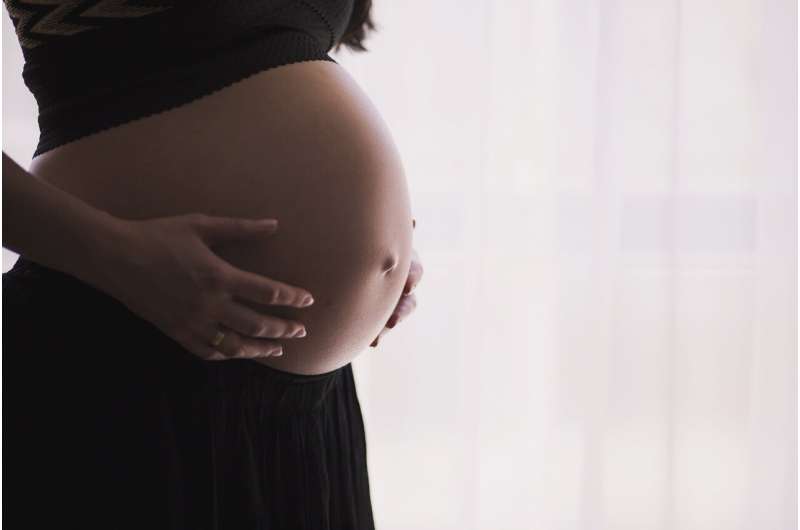Clinical trials beginning for possible preeclampsia treatment

For over 20 years, a team of researchers at Lund University has worked on developing a drug against preeclampsia—a serious disorder which annually affects around 9 million pregnant women worldwide and is one of the main causes of death in both mothers and unborn babies.
Now the researchers have published a study in the journal Scientific Reports that opens up opportunities for further research towards a drug they hope will save the lives of many pregnant women in the future. The study was conducted in a transgenic mouse model of preeclampsia, the results are important since they confirm previous studies by the research team showing that alpha-1-microglobulin has potential therapeutic effects in preeclampsia. Trials on patients have recently been launched.
"The treatment, based on the human body's own scavenger protein A1M (alpha-1-microglobulin) which is present in all vertebrates, has a good effect on the disease symptoms such as high blood pressure and protein leakage from the kidneys into the urine. We also observed an improvement in organ function in the kidneys and the placenta. We saw no indication of side effects. In the study now published using the preeclampsia mouse model, which best reflects the various stages of the disease during pregnancy, the mice develop serious preeclampsia in early pregnancy," says Stefan Hansson, professor of obstetrics and gynaecology at Lund University and senior consultant physician at Skåne University Hospital in Lund, who is the principal investigator behind the study together with colleagues including senior researcher Lena Erlandsson.
"This feels like a milestone in our research, as patient studies, known as Phase 1 clinical trials, began in the spring to establish the properties of A1M in order to develop a drug."
Together with his colleague, Bo Åkerström, professor of infection medicine, Stefan Hansson started the studies on A1M several years ago and observed that A1M stopped the leakage of protein in the kidneys. They also saw that the placenta was repaired and that the destroyed structures in the cells' smallest components were restored.
"In preeclampsia, the cells of the placenta looked approximately as though all the trees had been blown over in a storm, and after treatment with A1M they stood up again. When I saw that for the first time, I became a scientific believer," explains Stefan Hansson.
The date for a potential drug to see the light of day is still uncertain.
"Research takes time and costs a lot of money. Bo Åkerström has spent his entire professional life on understanding and describing the properties of the A1M protein and, in the last ten years, we have been studying it in the laboratory as a drug candidate. The results from the clinical trials will be crucial," concludes Stefan Hansson.
More information: Lena Erlandsson et al. Alpha-1 microglobulin as a potential therapeutic candidate for treatment of hypertension and oxidative stress in the STOX1 preeclampsia mouse model, Scientific Reports (2019). DOI: 10.1038/s41598-019-44639-9
















